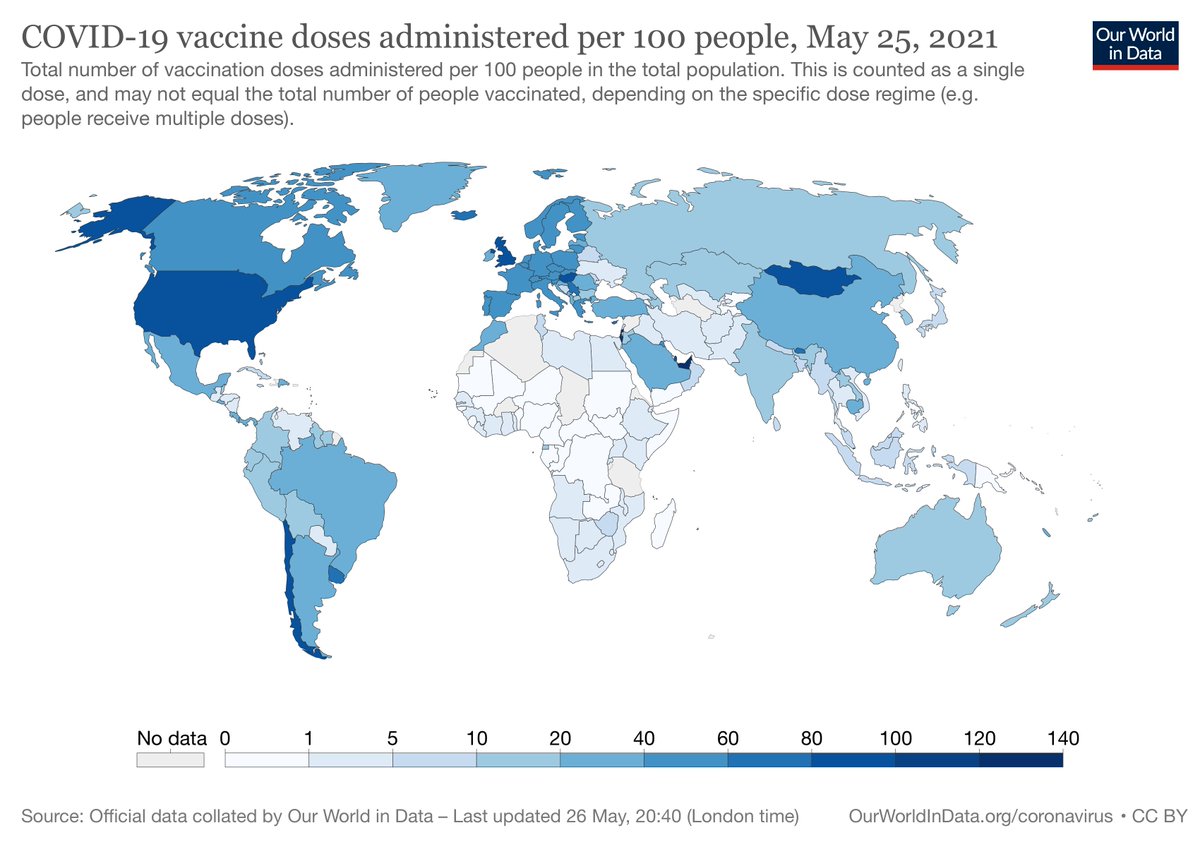
Biomathematician modeling individual variation in population dynamics
5 subscribers
How to get URL link on X (Twitter) App






https://twitter.com/jburnmurdoch/status/1463956686075580421?s=20As we approach endemicity new variants are expected to outcompete others faster. Reason being recovered subpopulation (less immune to novel variants as long as there is some immune escape) grows as we approach endemicity increasing the benefit of novelty.

 2/7
2/7
https://twitter.com/GrahamMedley/status/13128425876912660552/ Shielding was less than optimal in the first wave, because (at least in Scotland) it was implemented too late. But we are better prepared now.
https://twitter.com/SRileyIDD/status/13128297890536366092/ Mean susceptibility and mean connectivity in residual susceptible pool decrease over time lowering cumulative attack rate (CAR). Models that do not account for complete variation in those characteristics are biased towards overpredicting CAR and herd immunity threshold (HIT).
https://twitter.com/johnmcclean_ie/status/13109037265305395202. We show that decreasing mean IFR to 0.3%, consistent with recent estimate for England, does not change fit of the model or inference that slowing and reversal of epidemic was largely attributable to build-up of herd immunity but gives a more plausible value of 15% for the HIT.

 @PieterTrapman @mlipsitch 2/ I run each of the 3 models until the pandemic is over (one year is sufficient for these models). Then I calculate the proportion of the 70% lower-risk group that has been infected and divide by the portion of the entire population that has been infected.
@PieterTrapman @mlipsitch 2/ I run each of the 3 models until the pandemic is over (one year is sufficient for these models). Then I calculate the proportion of the 70% lower-risk group that has been infected and divide by the portion of the entire population that has been infected.